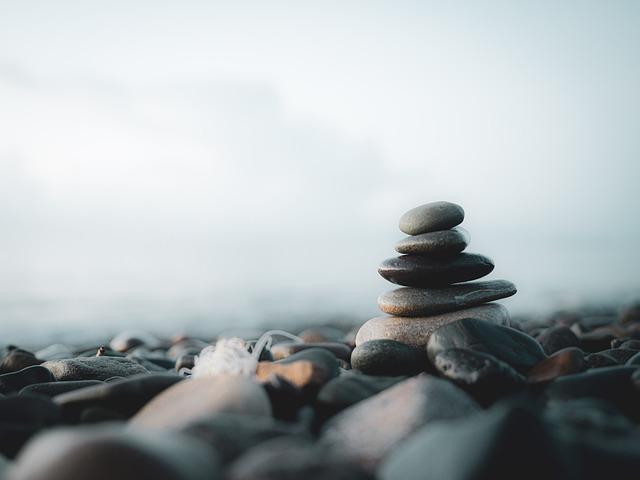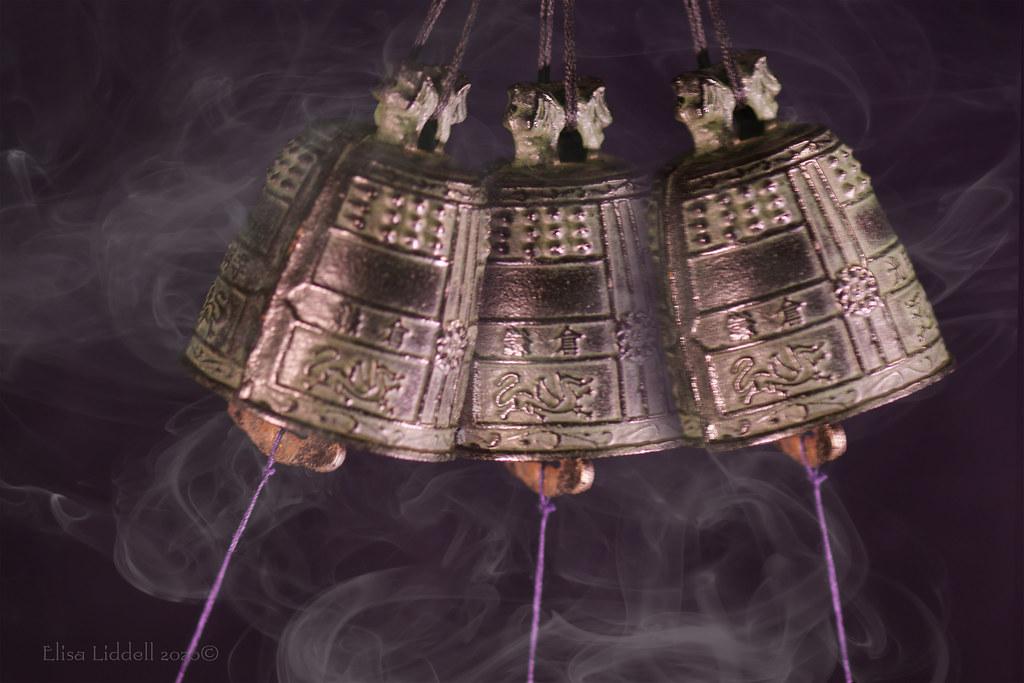In the serene dance of existence, where the hustle of daily life often leaves us yearning for a deeper connection, movement meditation emerges as a harmonious blend of motion and mindfulness. Imagine a practice where each step, each gesture, becomes a gentle whisper of intention, guiding you back to the present moment. This ancient yet ever-evolving art invites you to explore the rhythm of your own body, transforming the mundane into the sacred. In this article, we delve into the revitalizing power of movement meditation, uncovering how this dynamic form of meditation can breathe new life into your spiritual or wellness practice, offering a pathway to inner peace and renewed vitality. Join us as we journey into the heart of movement, where stillness and motion converge to create a tapestry of tranquility and strength.
Unlocking the Power of Presence through Movement
Incorporating movement into your meditation practice can transform the way you experience mindfulness, creating a dynamic dance between the mind and body. This approach encourages a deeper connection to the present moment, as the rhythmic flow of movement naturally draws your focus inward. Movement meditation can be as simple or as intricate as you desire, adapting to your personal needs and preferences. Whether you’re gently swaying to the rhythm of your breath or engaging in more structured practices like Tai Chi or Qigong, the goal is to cultivate an awareness that transcends stillness.
- Enhanced Mind-Body Connection: By harmonizing movement with breath, you cultivate a deeper awareness of bodily sensations and emotions.
- Stress Reduction: The gentle, flowing motions help release tension, promoting relaxation and reducing stress levels.
- Increased Focus: Movement demands attention, drawing the mind away from distractions and fostering a sharper focus on the present.
- Improved Flexibility and Balance: Regular practice can enhance physical flexibility and balance, contributing to overall well-being.
Experiment with different styles and rhythms, allowing your intuition to guide your movements. In doing so, you may discover a newfound sense of vitality and presence that invigorates not only your meditation practice but your entire day-to-day life.
Integrating Movement into Your Meditation Routine
Infusing movement into your meditation practice can offer a fresh perspective and elevate your journey to mindfulness. Rather than remaining still, consider embracing gentle, fluid motions that align with your breath. This approach not only enhances your awareness of the body but also fosters a deeper connection between mind and movement. Imagine flowing through a series of graceful stretches, each one synchronized with a deep inhale and exhale. This dynamic form of meditation encourages the release of tension and invites a sense of calm to both body and mind.
- Mindful Walking: Take a slow, deliberate walk, focusing on each step and the sensations in your feet.
- Qi Gong: Explore this ancient practice with its gentle, rhythmic movements that harmonize energy flow.
- Yoga Flow: Integrate a series of poses that encourage mindful breathing and physical awareness.
- Dance Meditation: Let your body move freely to music, allowing emotions and thoughts to flow naturally.
By integrating these movement techniques, you can rejuvenate your meditation routine, cultivating a practice that is both invigorating and soothing. The rhythm of movement combined with the stillness of mind creates a balanced harmony that can profoundly impact your well-being.

Techniques to Enhance Mind-Body Connection
Incorporating movement meditation into your routine can be a transformative experience, fostering a deeper mind-body connection. This practice encourages you to immerse yourself fully in the present moment through fluid, intentional movements. Here are some techniques to explore:
- Mindful Walking: Focus on each step, feeling the ground beneath your feet, and synchronizing your breath with your pace. This simple yet profound practice can help ground your thoughts and bring clarity.
- Qi Gong and Tai Chi: These ancient practices combine slow, deliberate movements with deep breathing, promoting balance and harmony within the body.
- Dance Meditation: Allow your body to move freely to music, letting go of judgment and expectation. This liberating form of expression can unlock emotions and enhance self-awareness.
Engaging in these practices not only enhances physical health but also cultivates a sense of inner peace and mental clarity. By consciously connecting with your body’s natural rhythms, you open the door to profound personal insights and a revitalized sense of well-being.

Overcoming Common Challenges in Movement Meditation
Embarking on a journey of movement meditation often presents a set of unique challenges. Many practitioners find it difficult to synchronize their breath with movement, which can lead to a sense of disconnection. To overcome this, consider incorporating mindful breathing exercises before beginning your practice. This can help establish a rhythm that naturally aligns with your body’s movements.
Another common hurdle is maintaining focus amidst distractions, whether they come from the external environment or internal thoughts. To address this, try these strategies:
- Choose a serene environment: Opt for a quiet, clutter-free space to minimize external disruptions.
- Set an intention: Start each session by clearly defining what you aim to achieve, be it relaxation, clarity, or energy.
- Ground yourself: Practice grounding techniques like feeling the earth beneath your feet or visualizing roots growing from your body into the ground.
By proactively addressing these challenges, you can deepen your practice and experience the revitalizing benefits of movement meditation.
Future Outlook
As you embark on the journey of movement meditation, consider it a gentle invitation to reconnect with the essence of your practice. This dynamic form of meditation offers a fresh perspective, merging the fluidity of movement with the stillness of the mind. Whether you find yourself swaying to the rhythm of your breath or flowing through a series of mindful motions, let this practice be a testament to the transformative power of presence. By embracing movement meditation, you not only revitalize your practice but also nurture a deeper connection to yourself. So, step onto your mat, release expectations, and allow the dance of meditation to guide you to new horizons.
